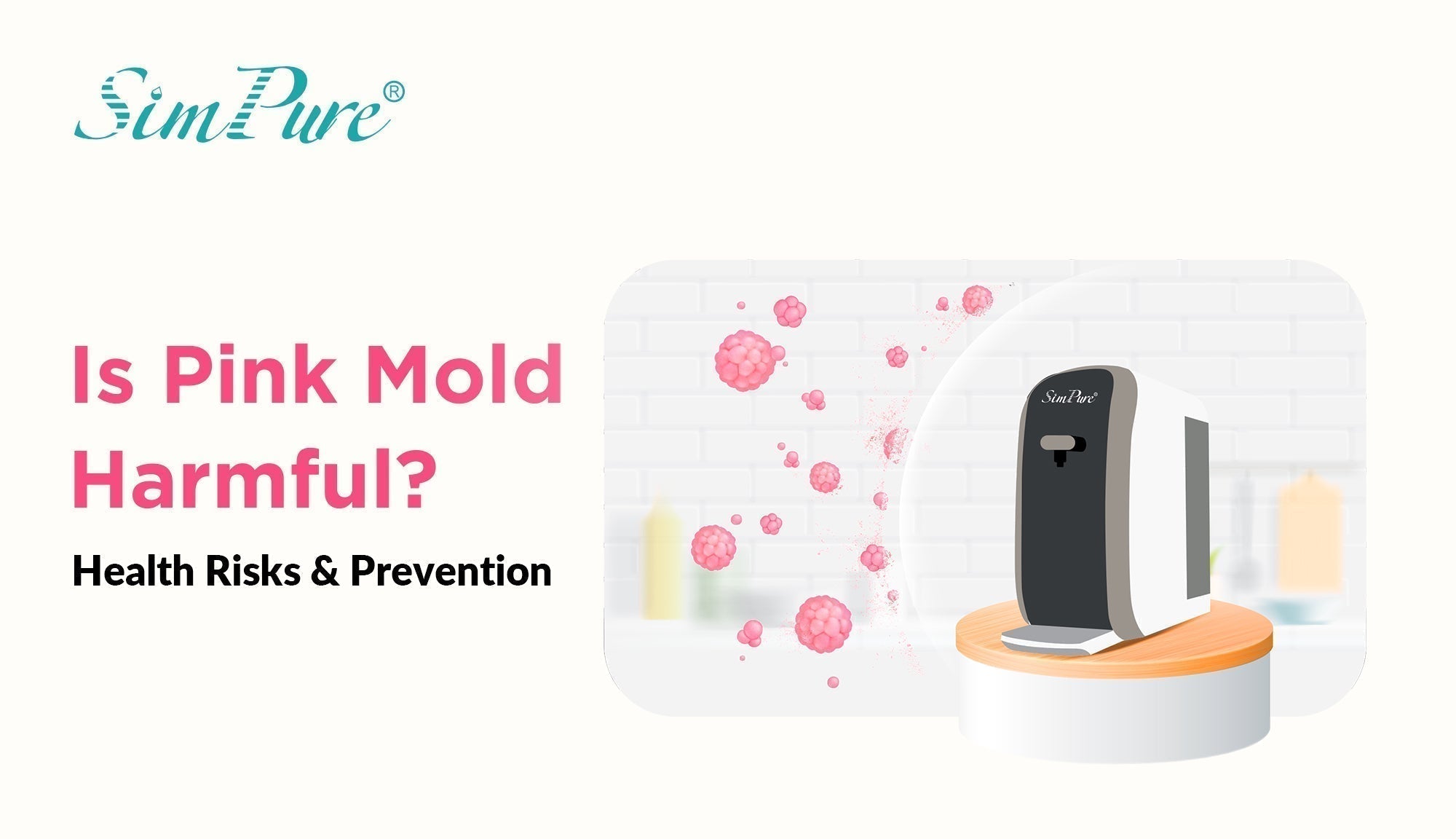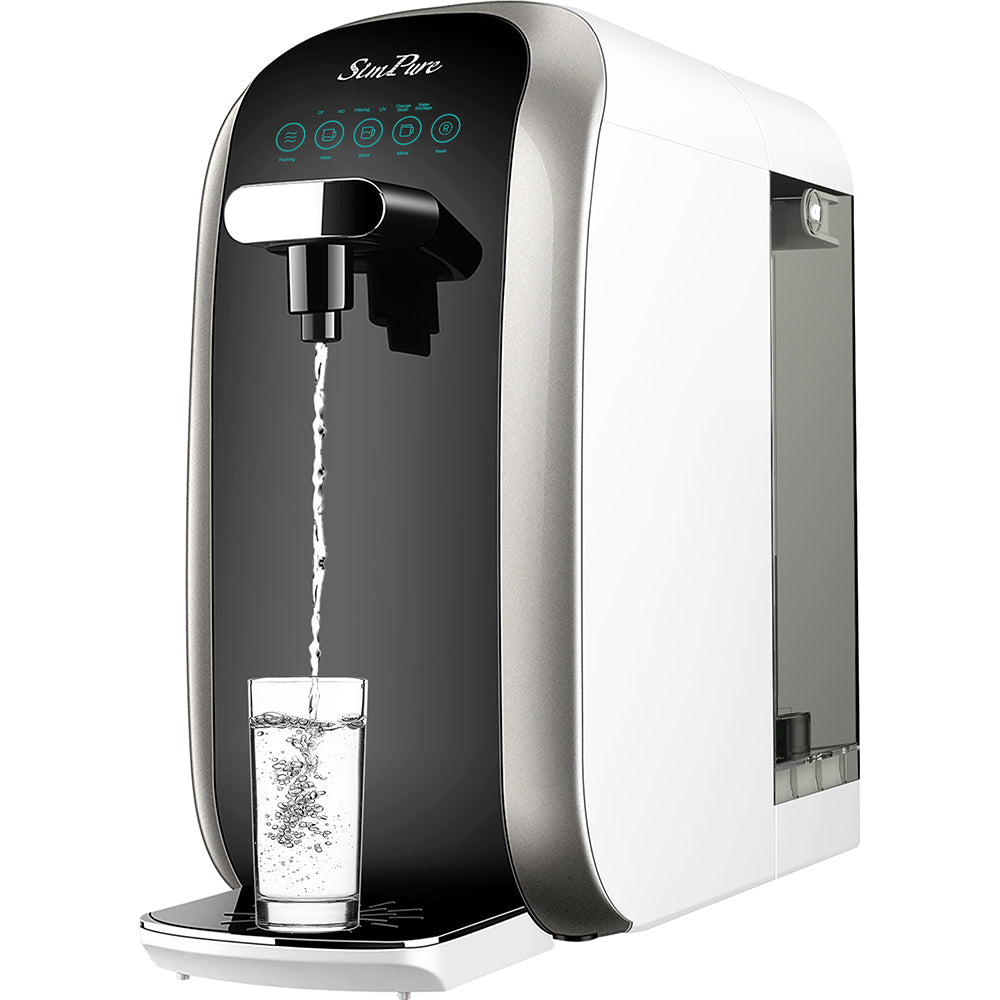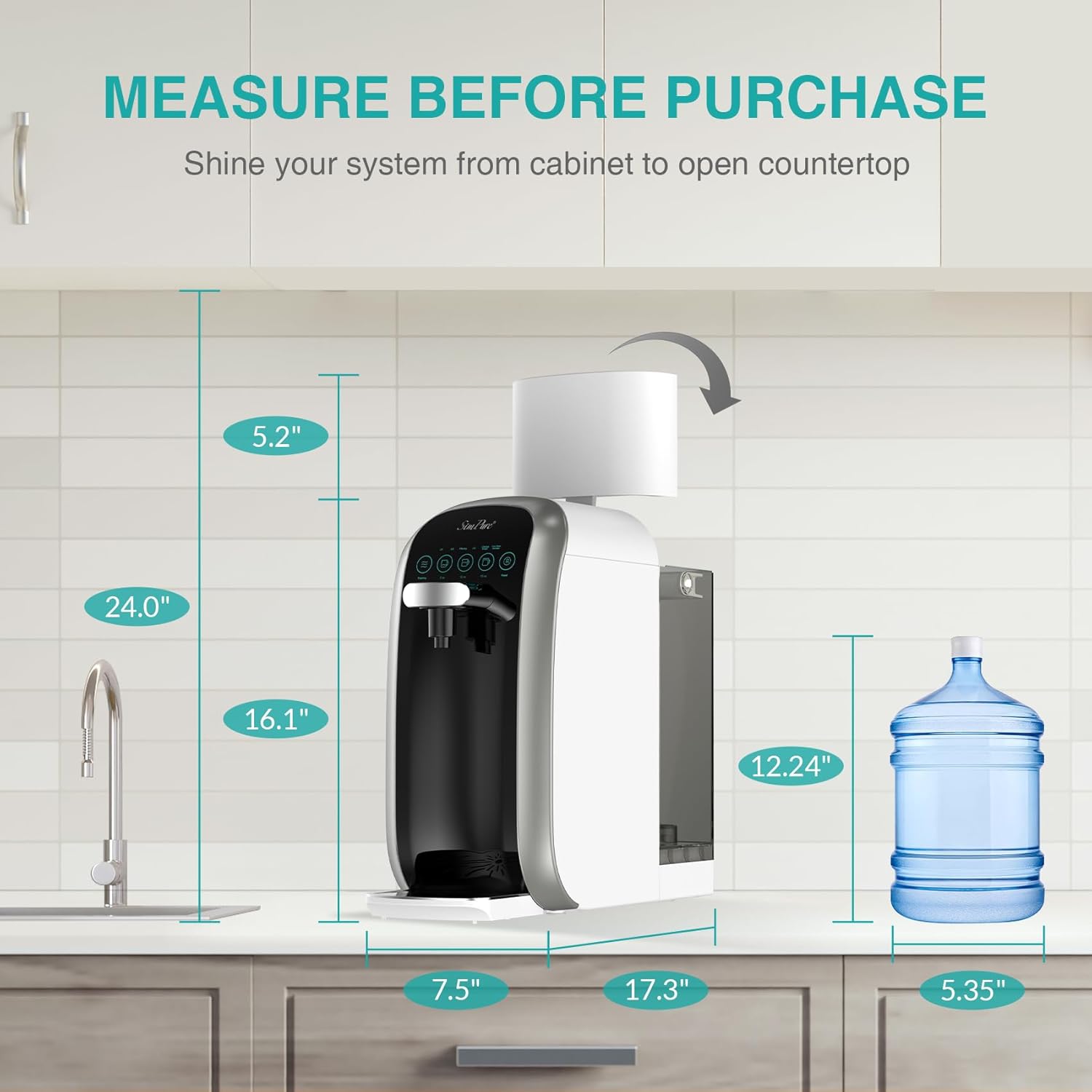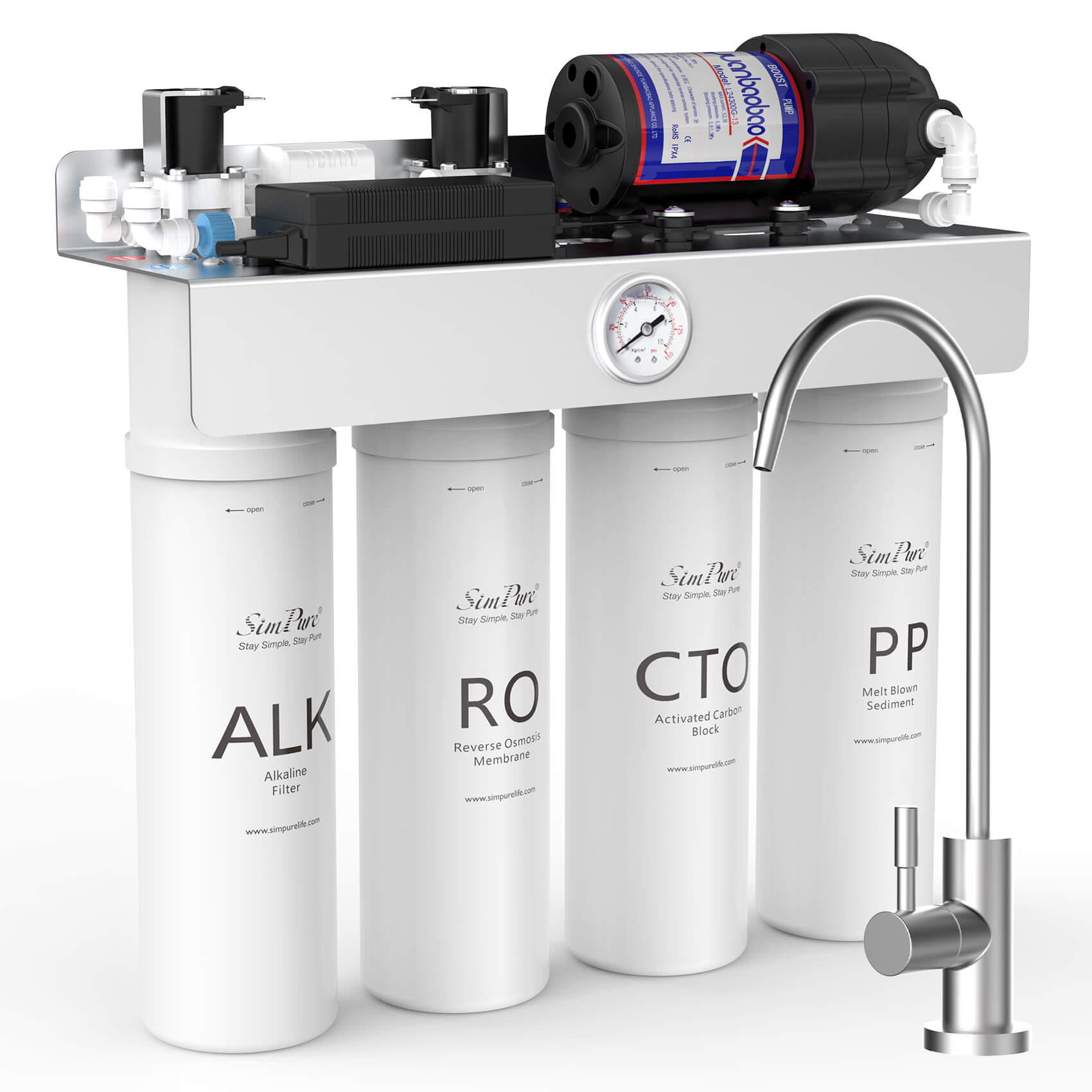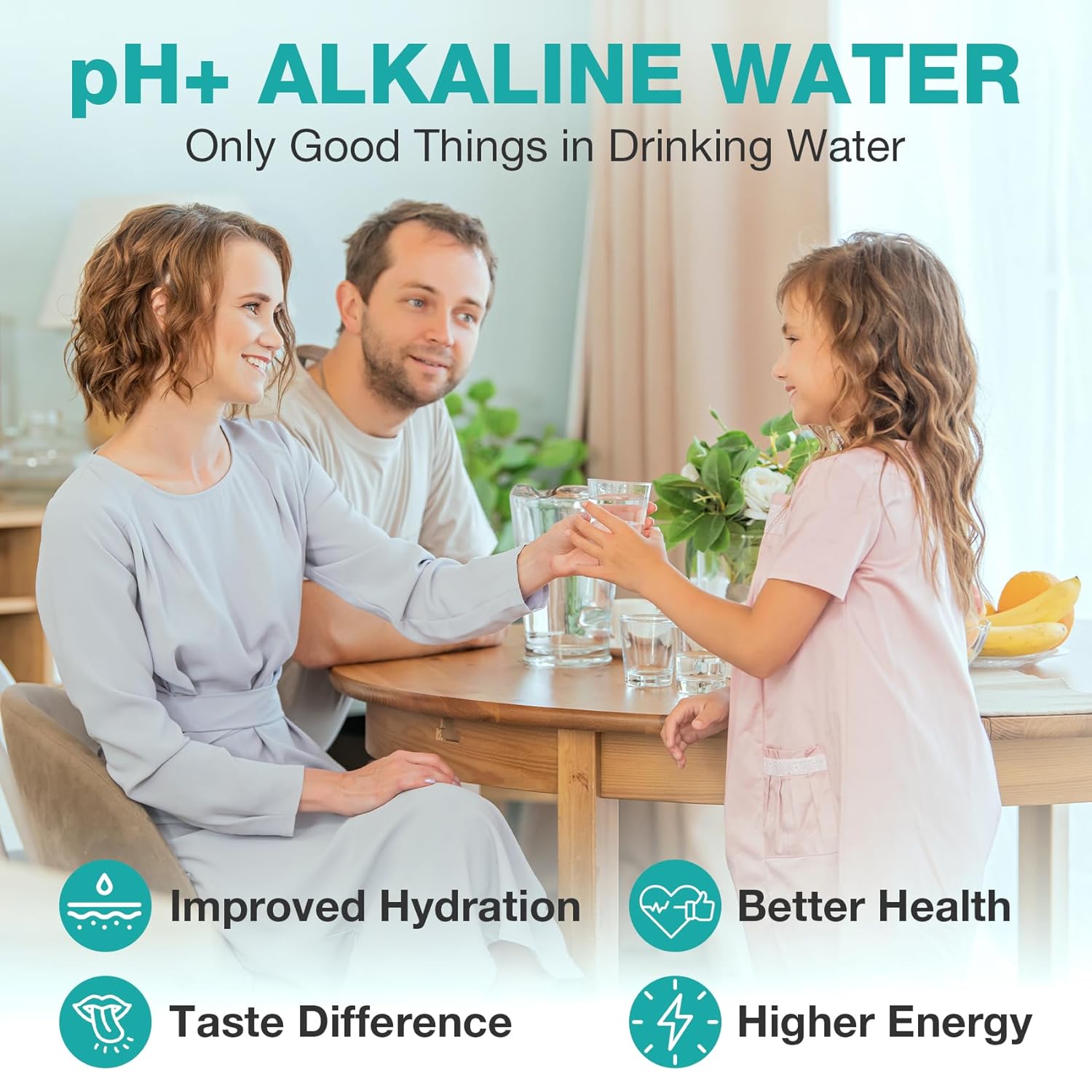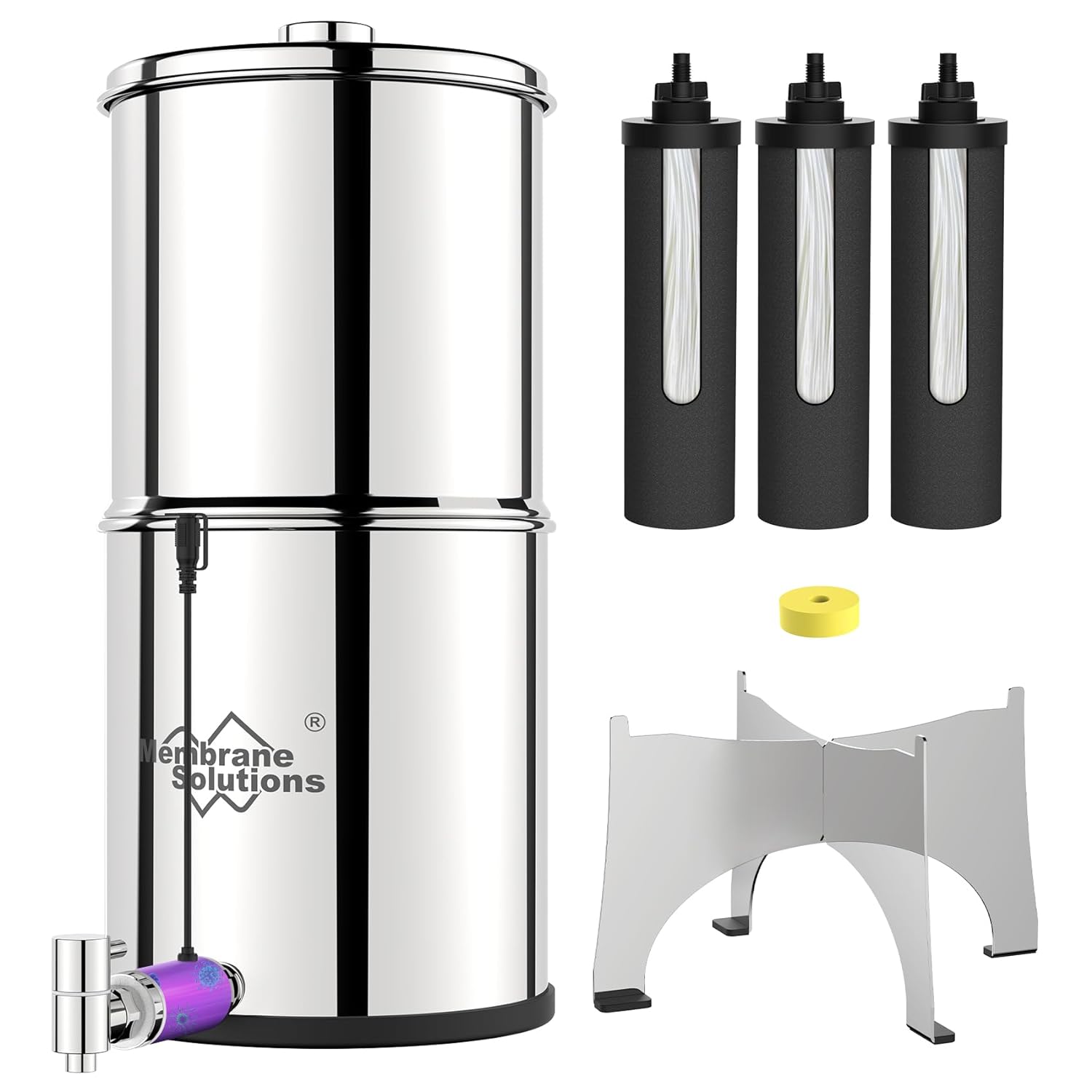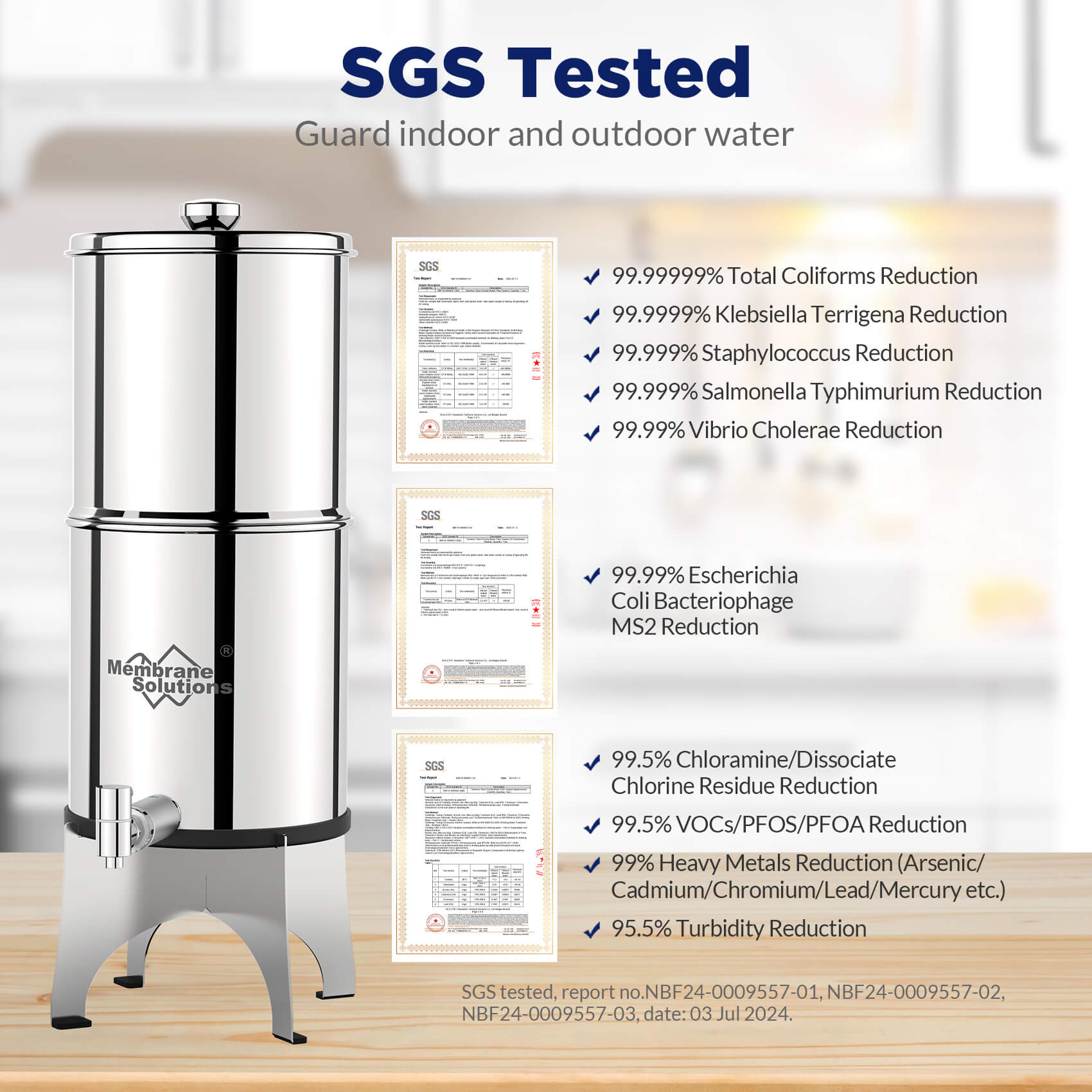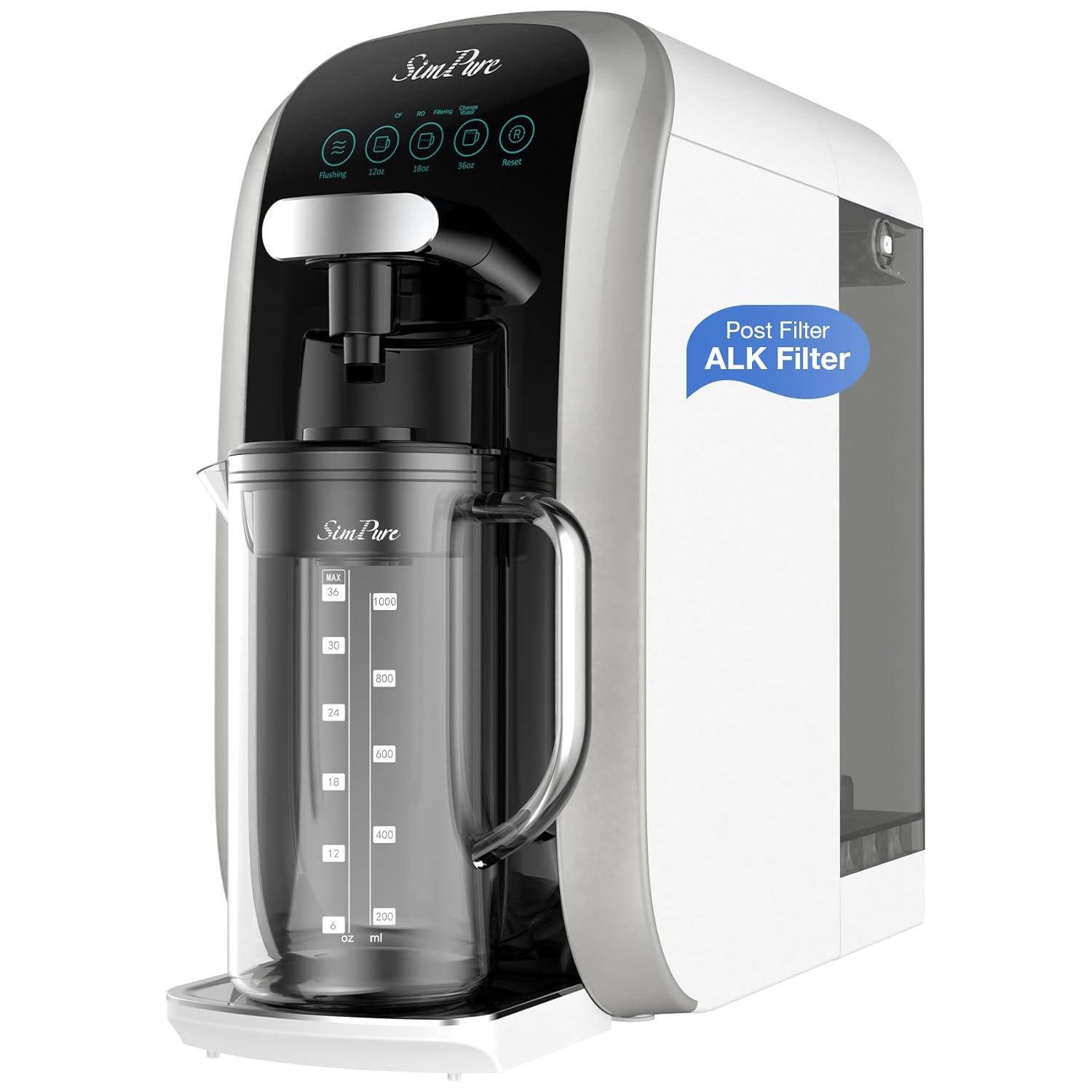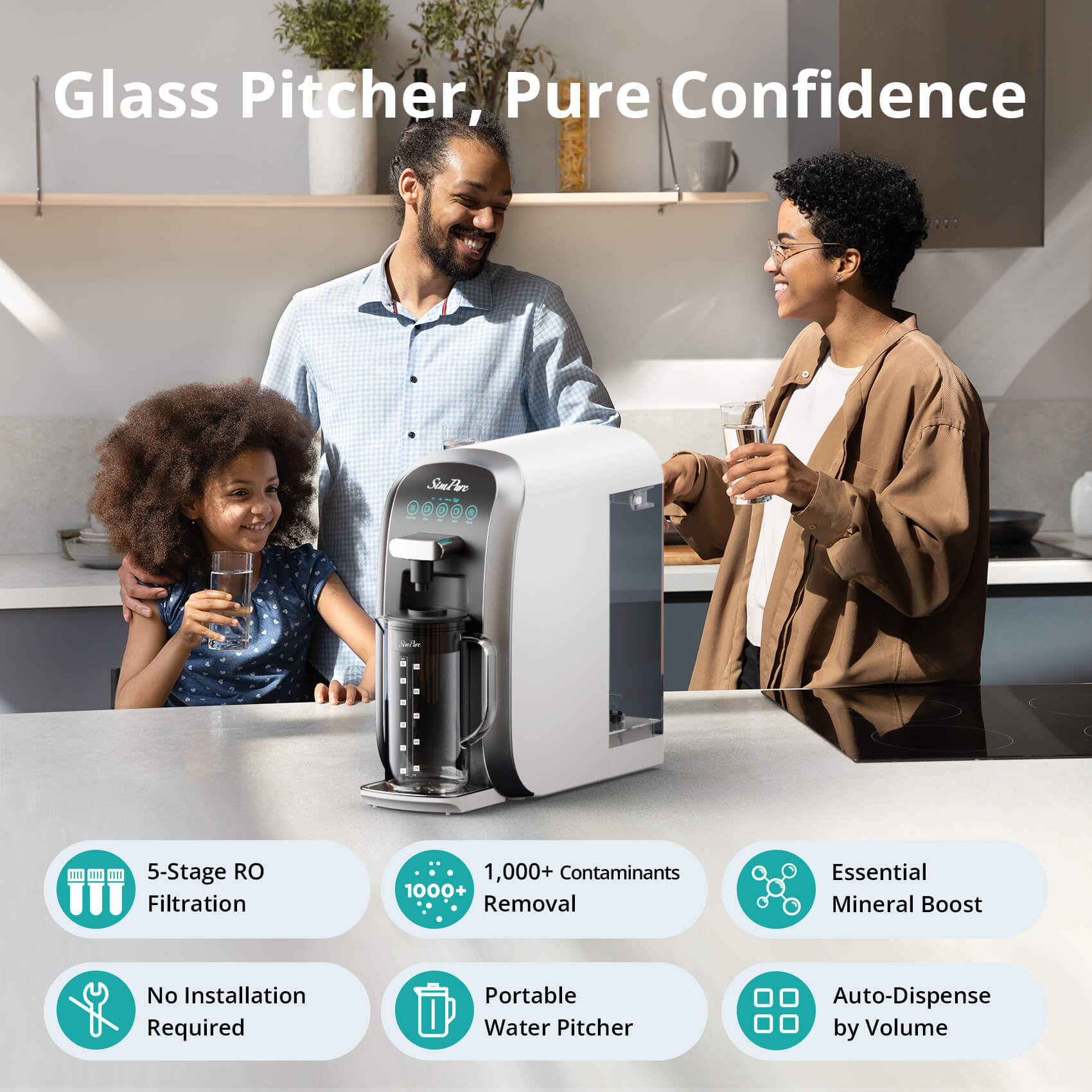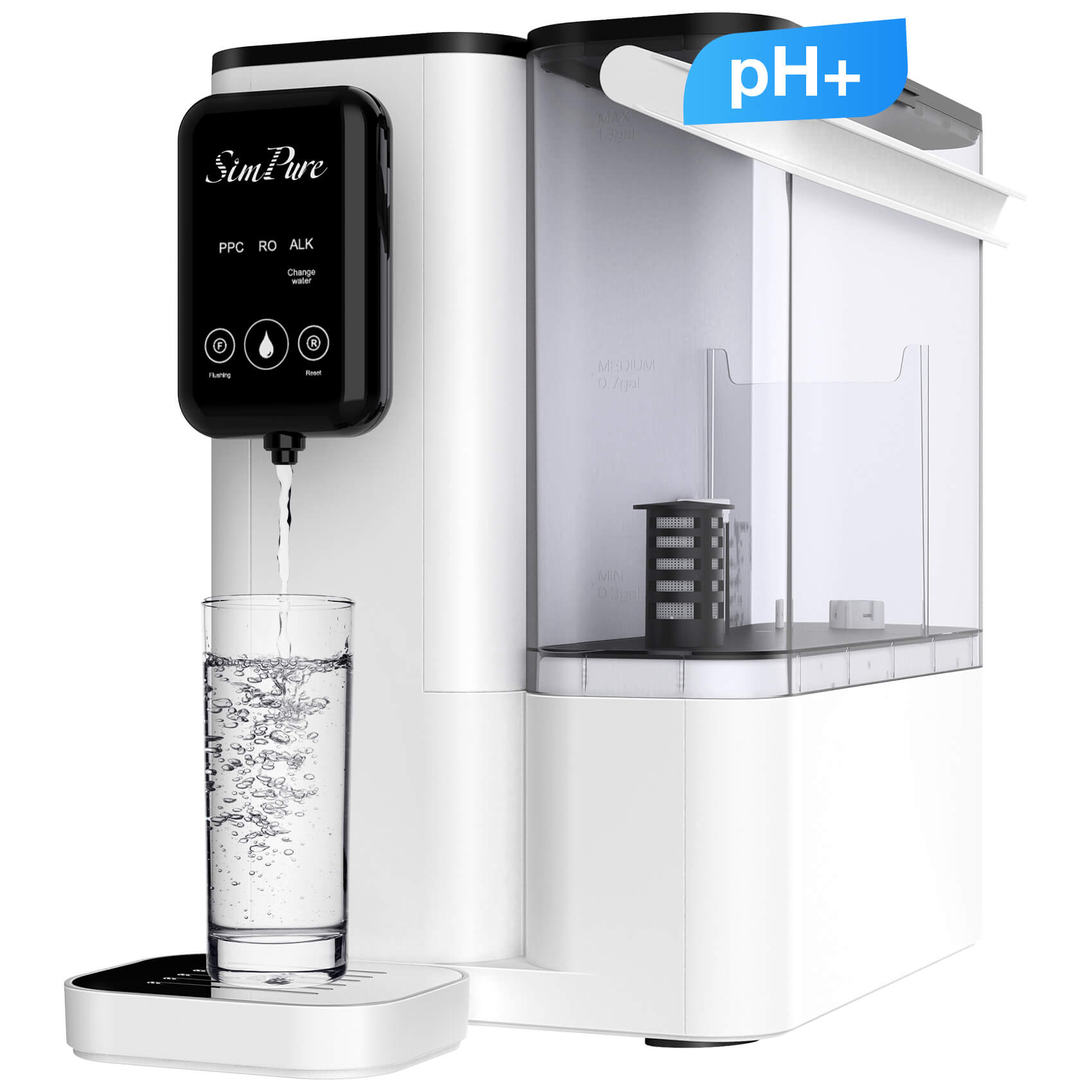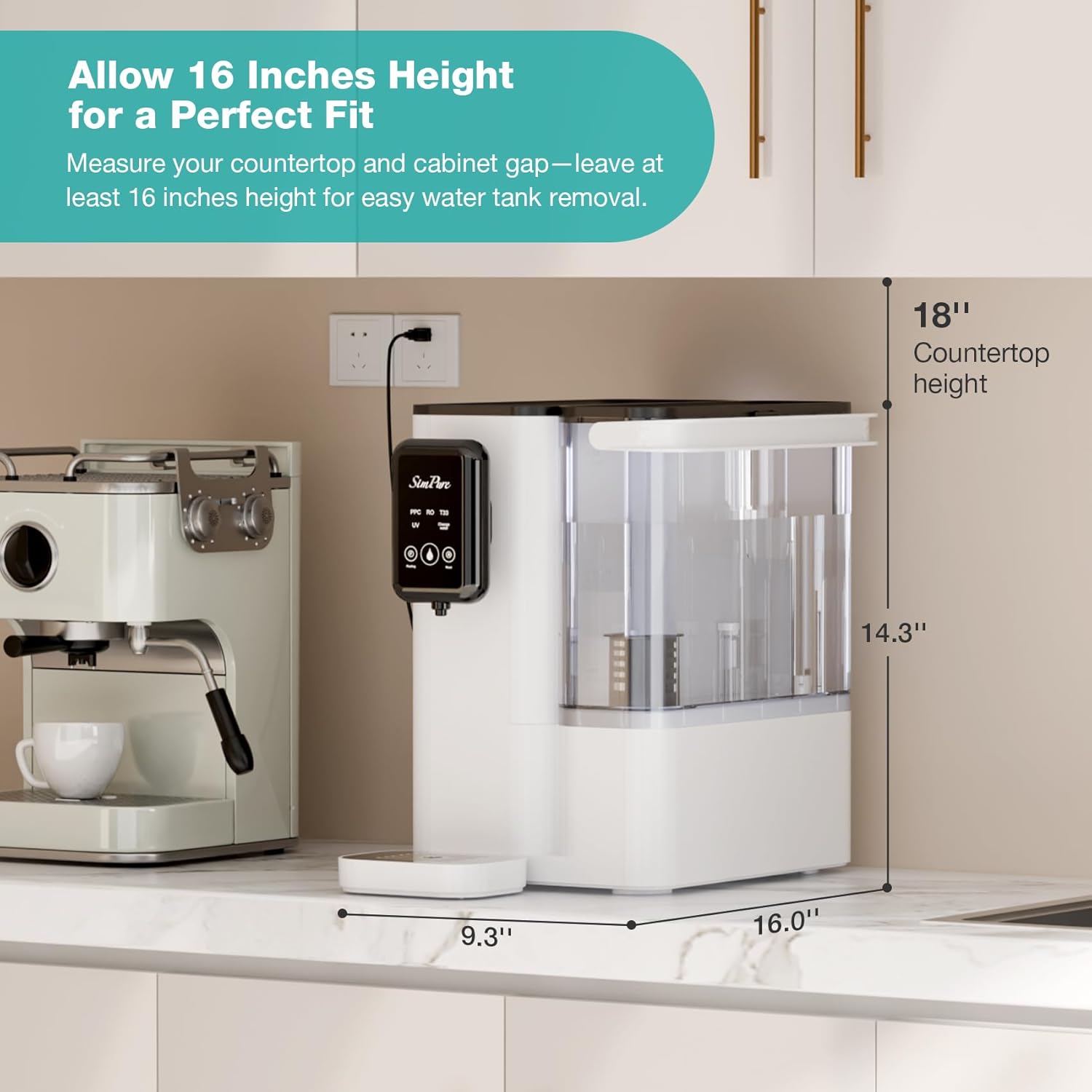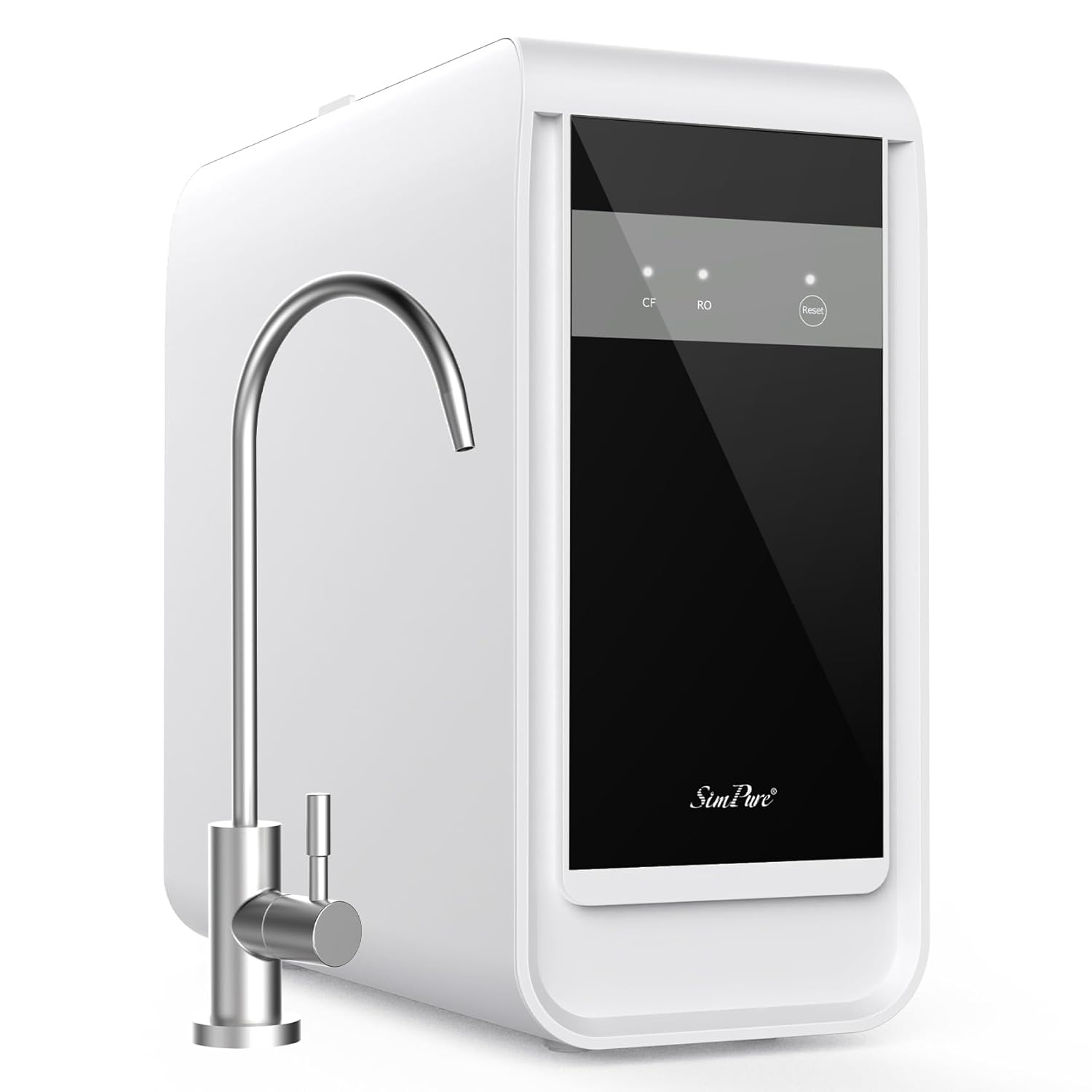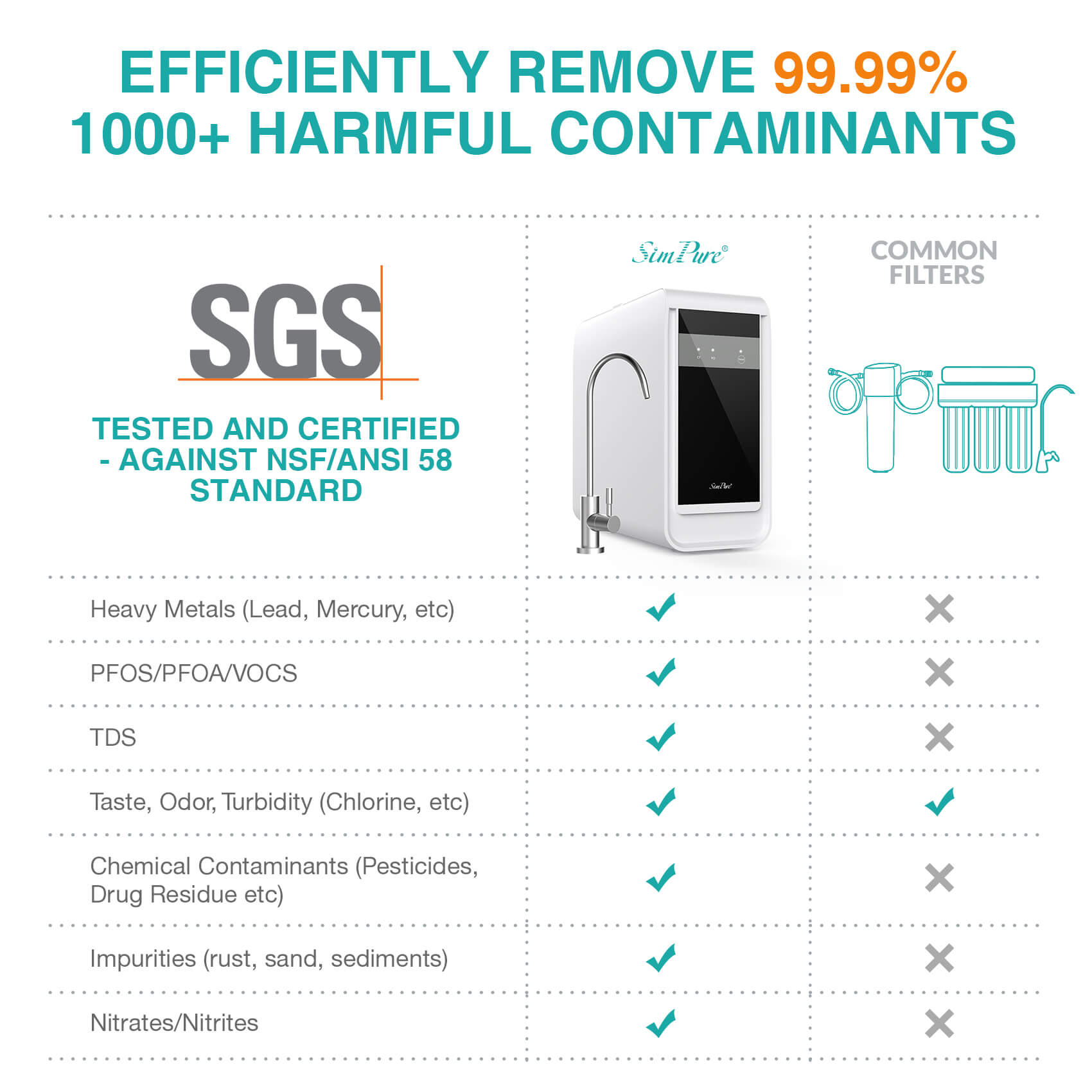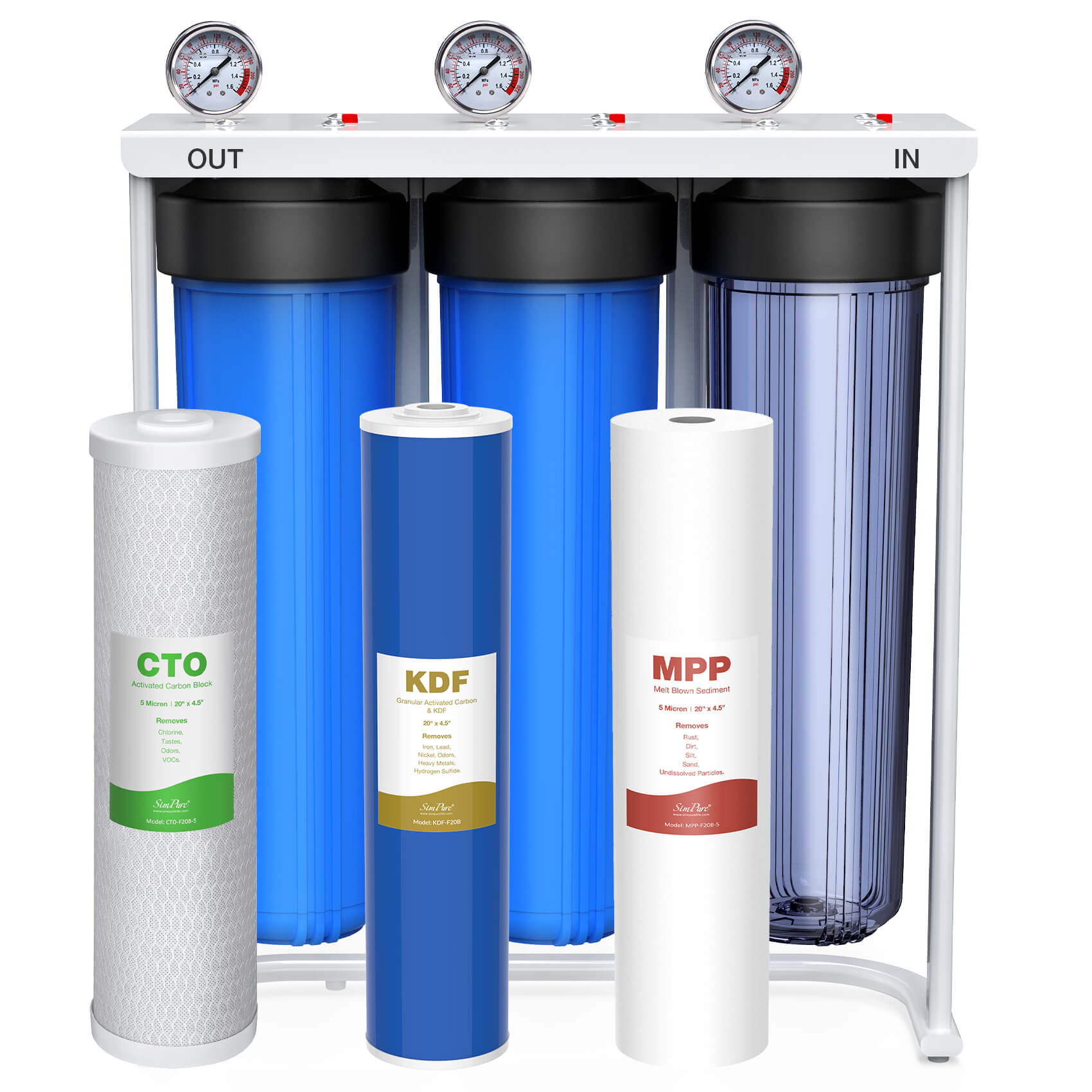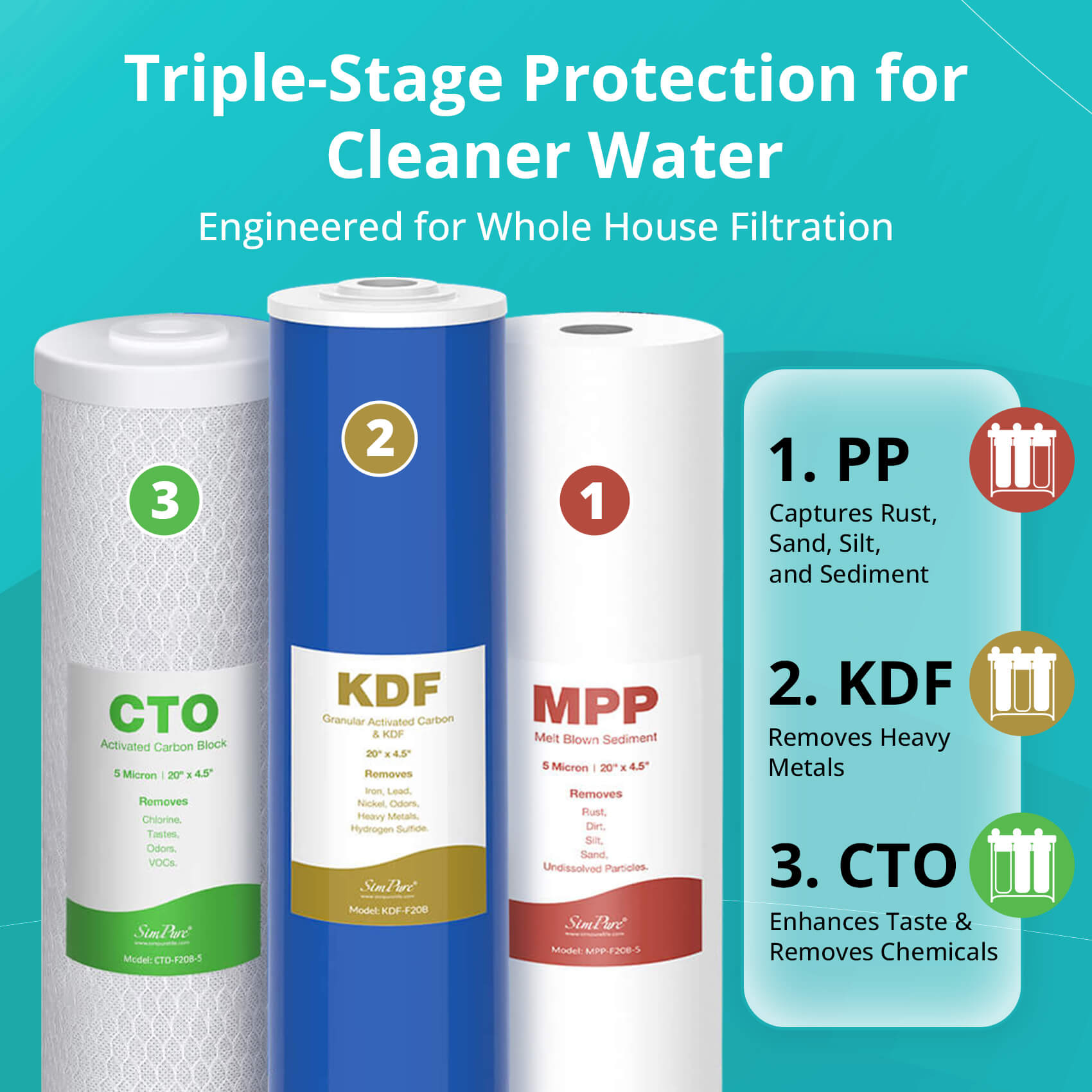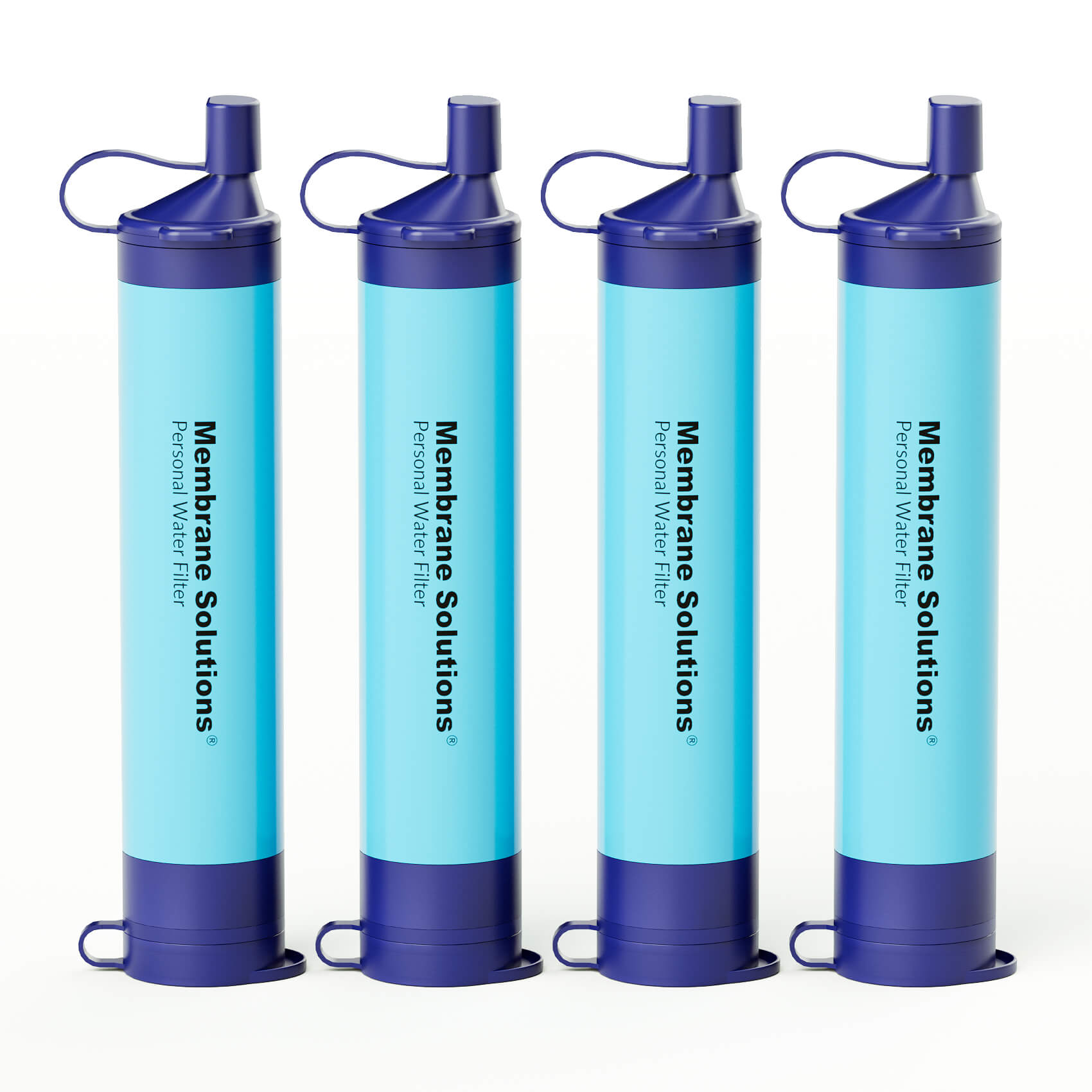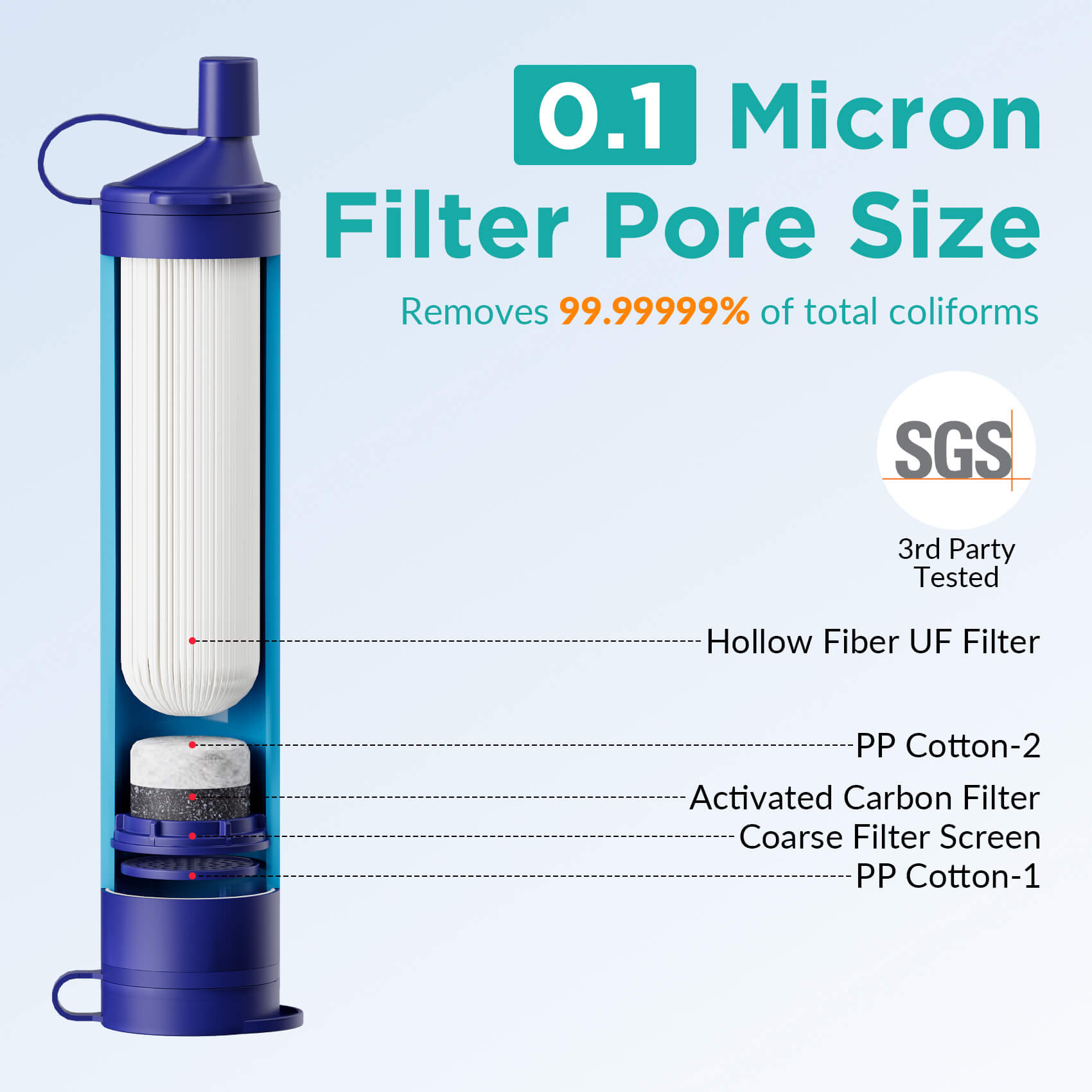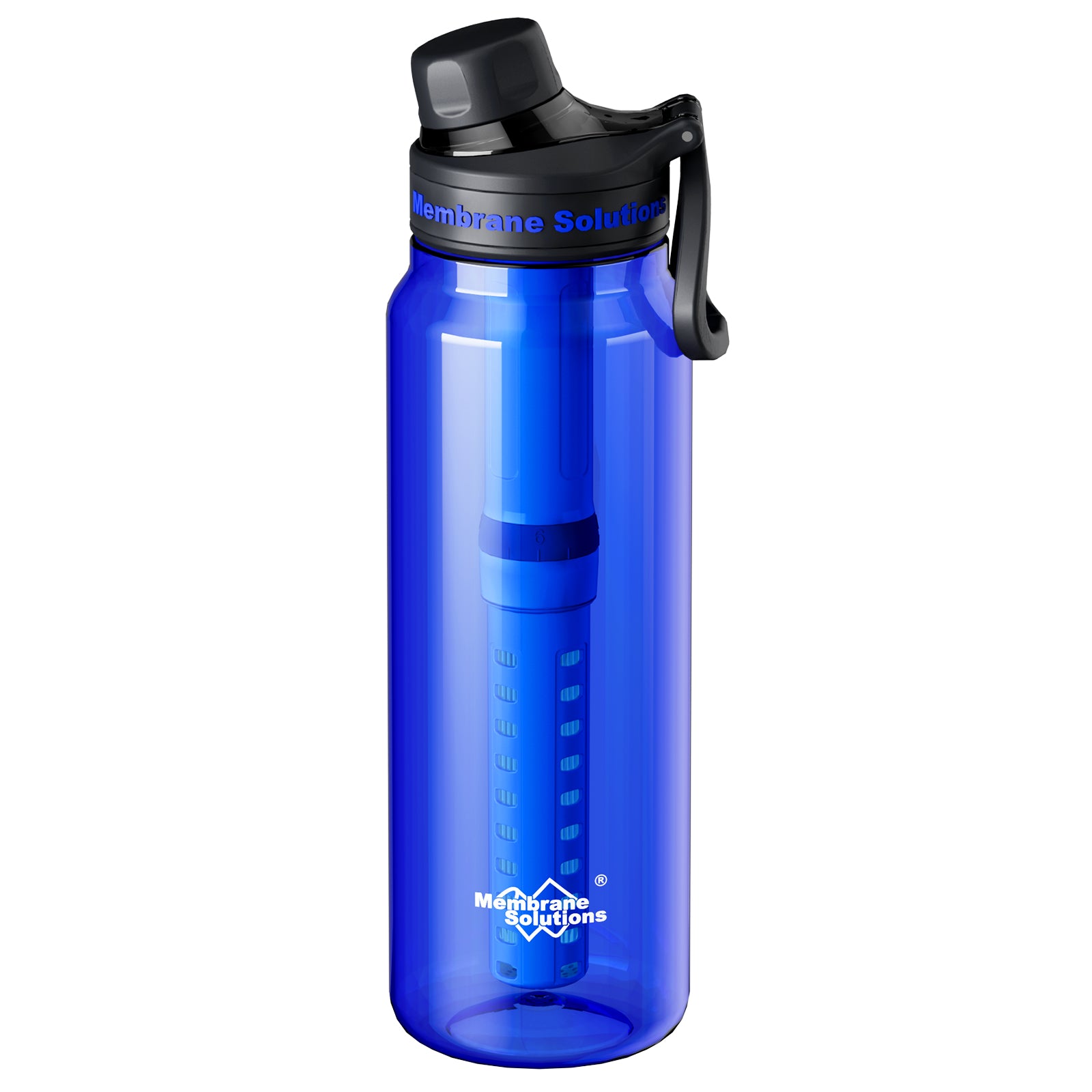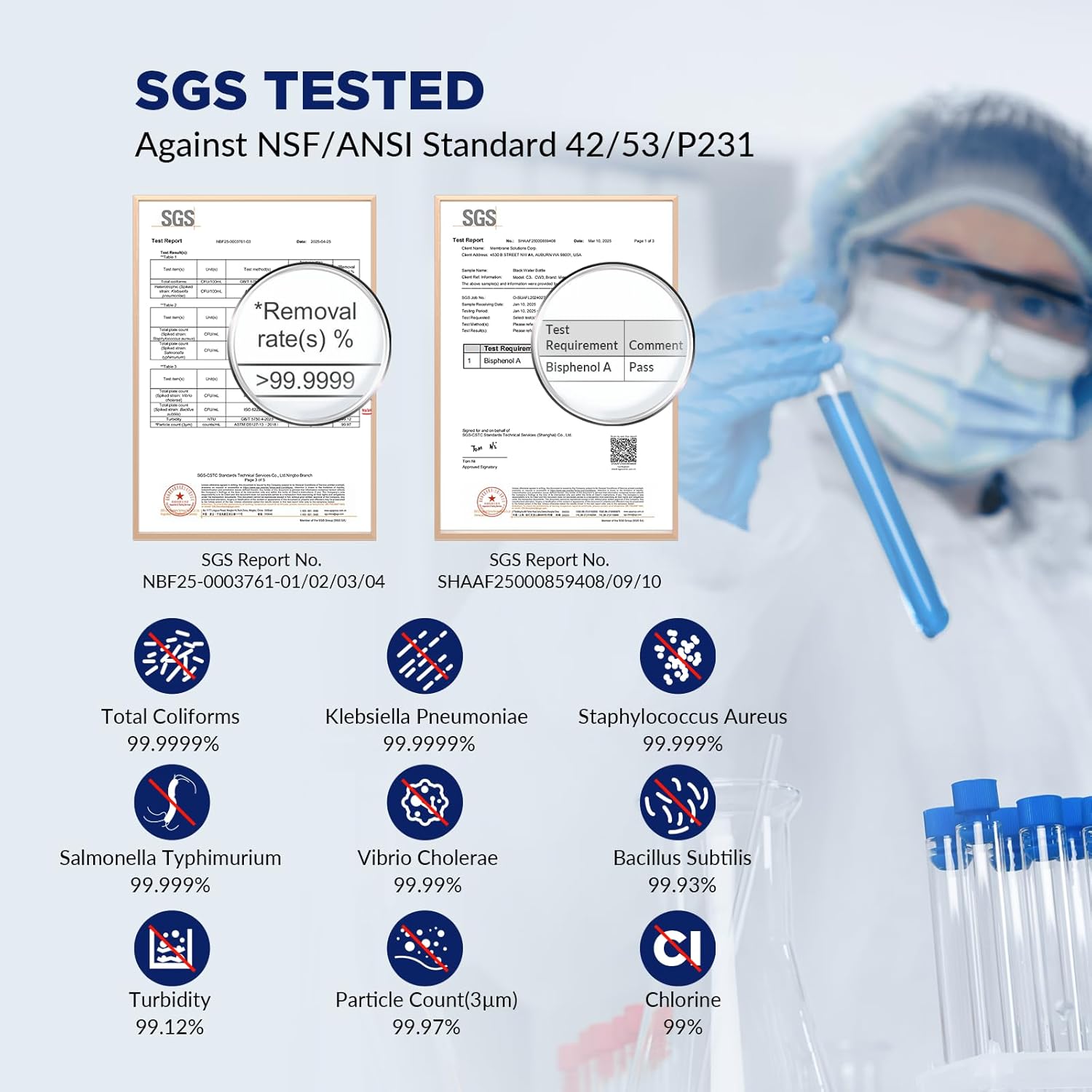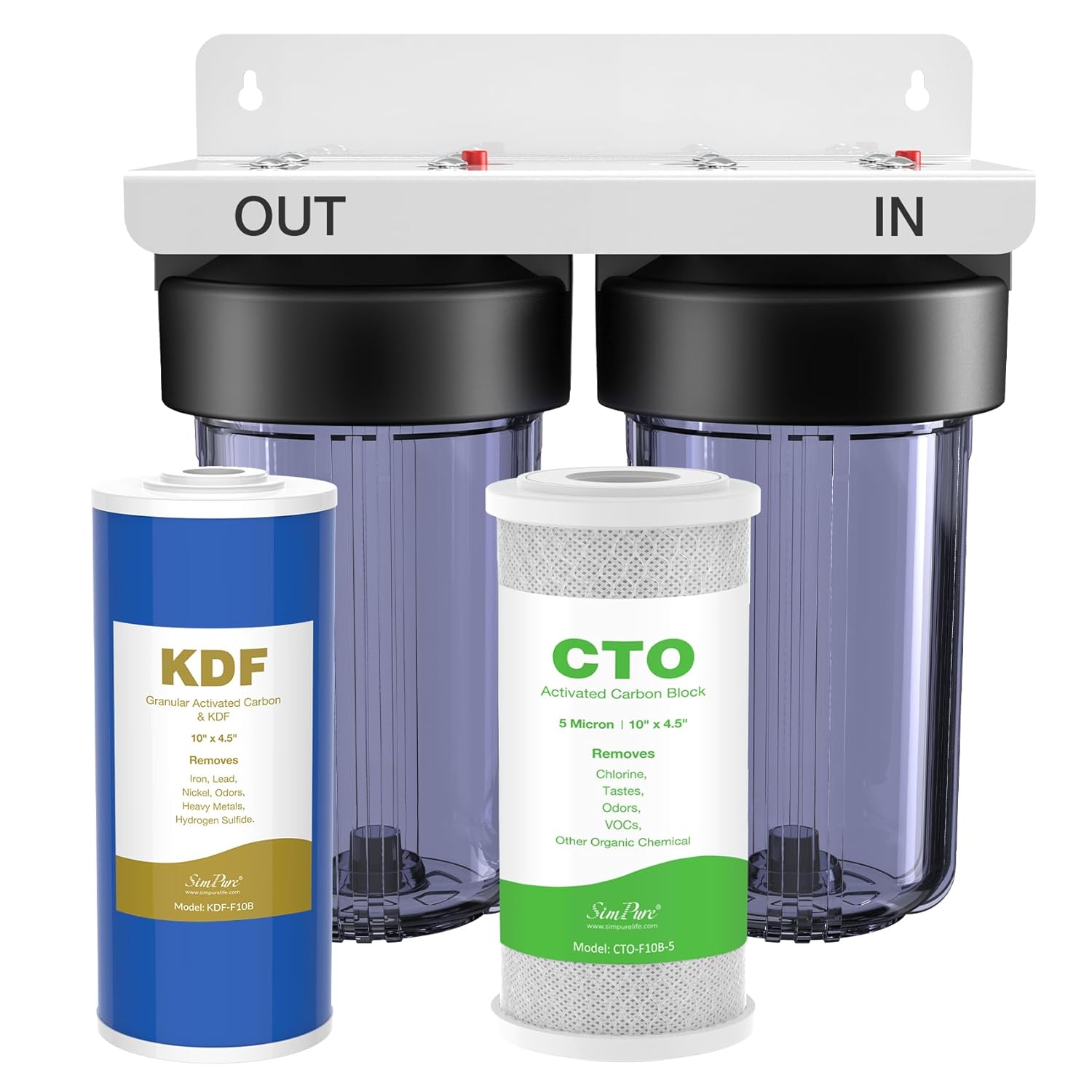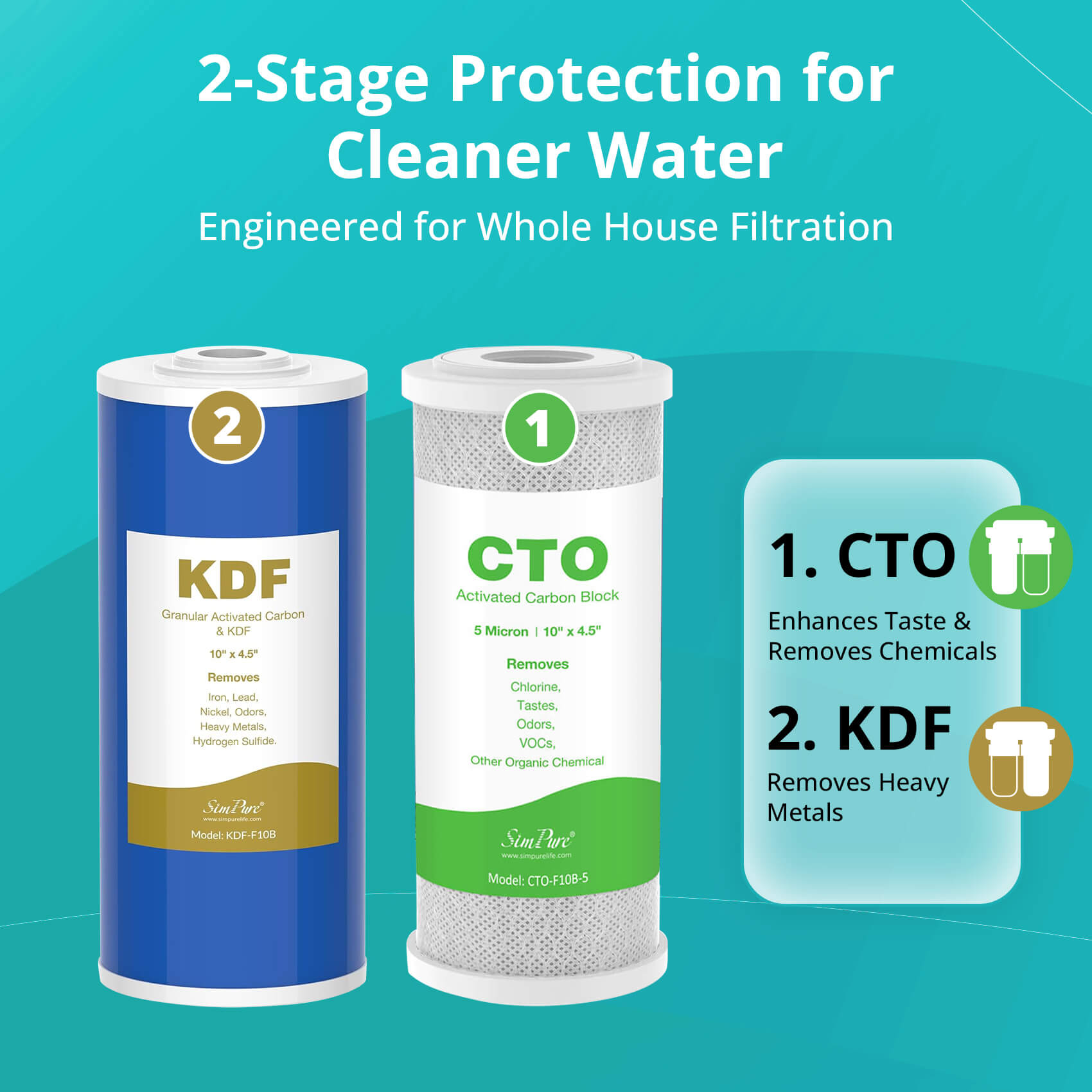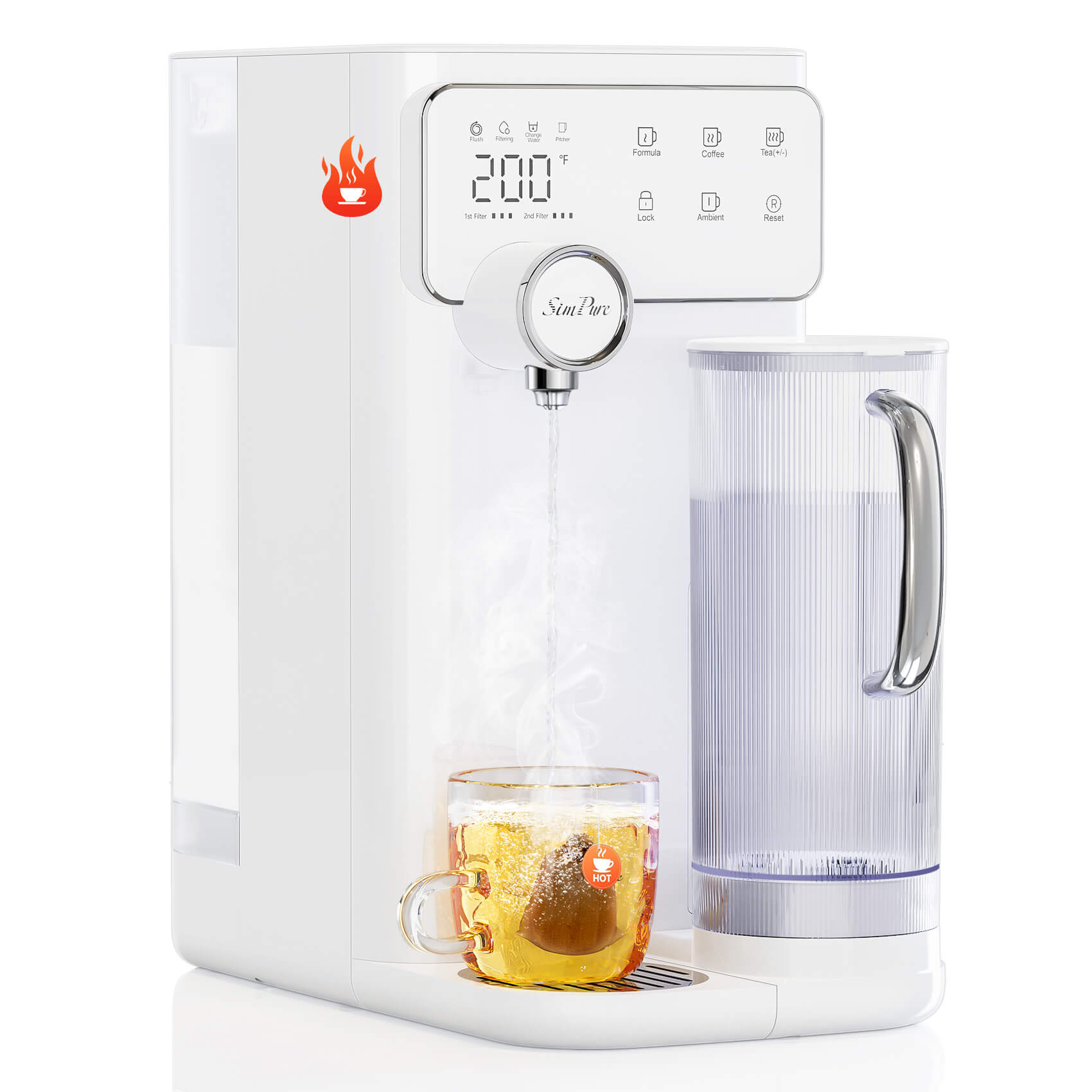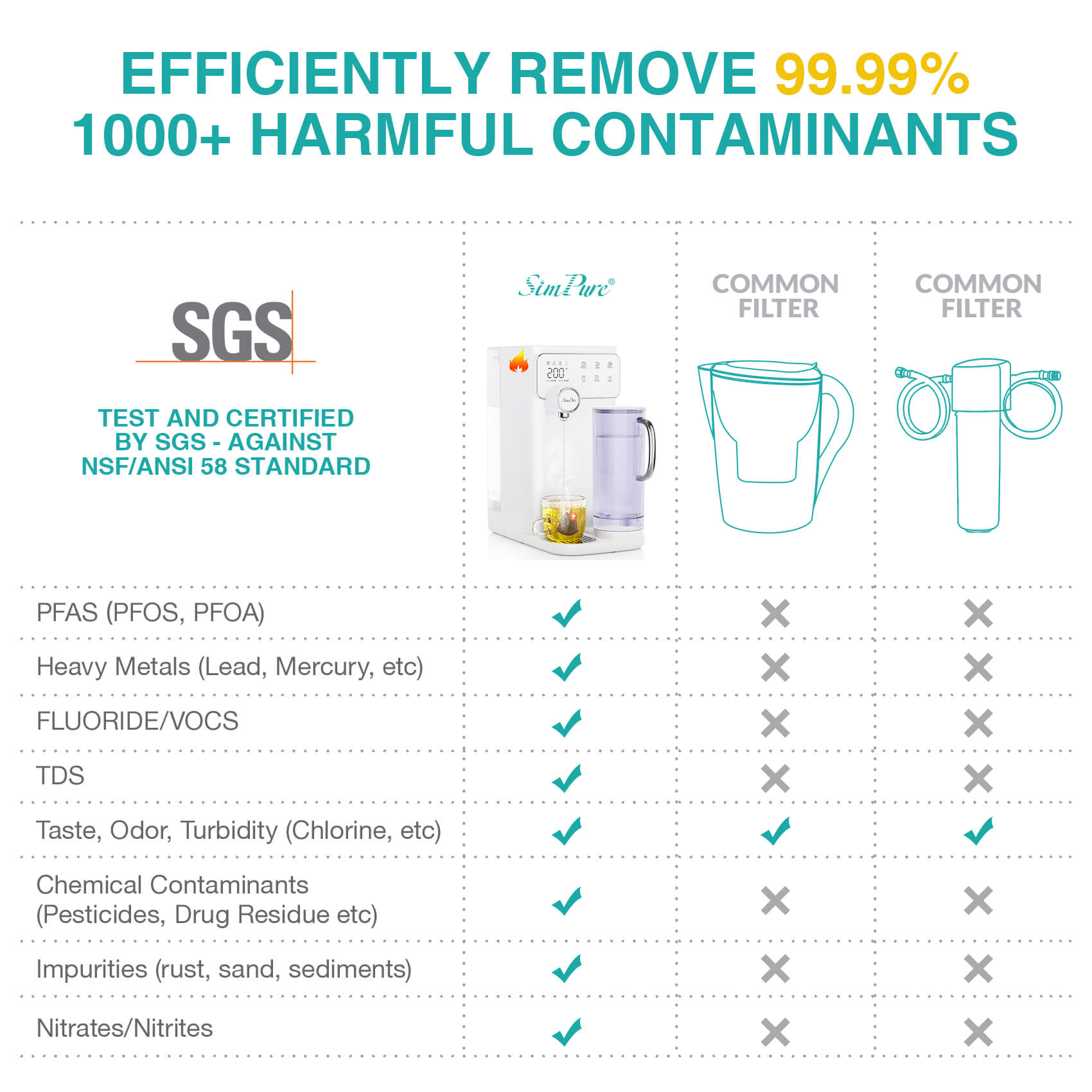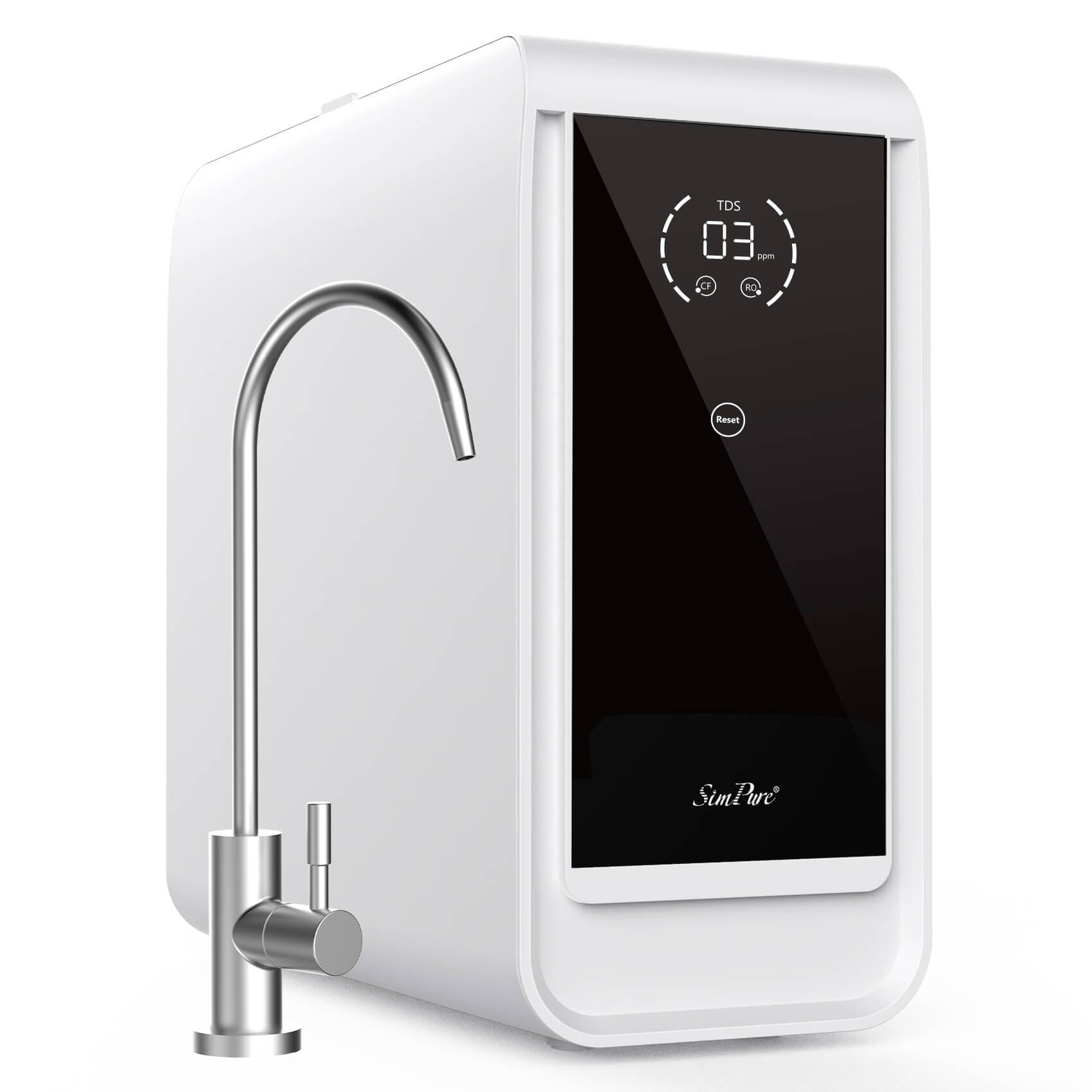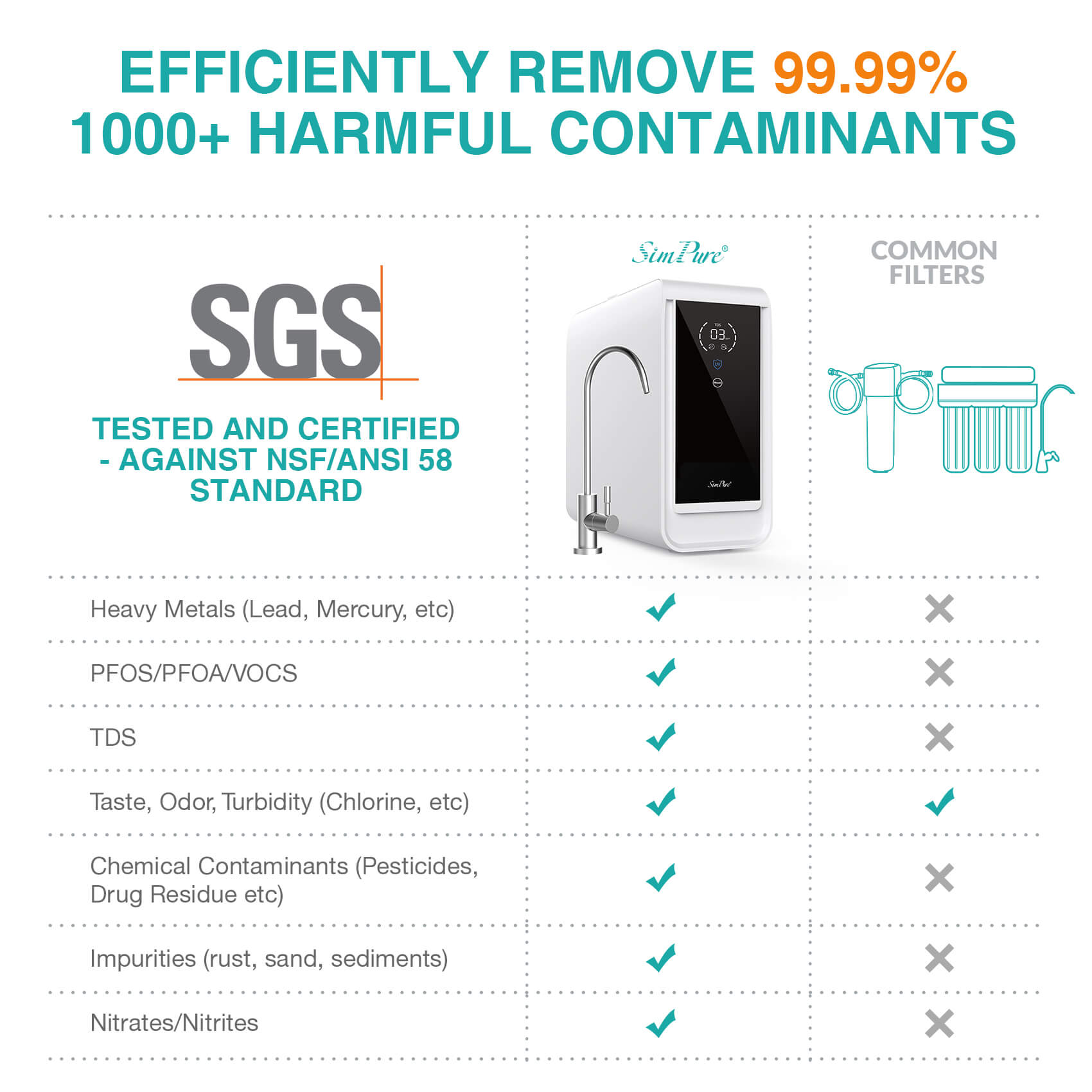You clean your home regularly, but somehow, that slimy pink buildup still appears in your shower, toilet, and even near your water dispenser. What is it, and should you be concerned? Unlike toxic black mold, pink mold is actually a bacteria that loves moisture and organic buildup. While it might seem harmless, prolonged exposure can cause respiratory issues, skin infections, and even bacterial contamination in water. If you’re wondering how to eliminate pink mold and keep it from returning, this guide will walk you through its risks, prevention tips, and the best water filtration solutions.
What Does Pink Mold Indicate?

Pink mold is a type of bacteria, Serratia marcescens, that thrives in moist environments like bathrooms and water filters. It appears pink or reddish and can pose health risks if not removed.
If pink mold is appearing in your home, it could be more than just an eyesore. It might be signaling poor ventilation, bacterial contamination, or even potential health risks. But how can you tell if it's dangerous? Let's explore what pink mold indicates and what it means for your home's safety.
1. High Moisture Levels
Pink mold thrives in damp environments like bathrooms, kitchens, and around sinks.
2. Poor Ventilation
Lack of airflow encourages mold and bacterial growth on wet surfaces.
3. Water Contamination
If pink mold appears near faucets, water dispensers, or inside water filters, it could signal bacterial buildup in your water system.
4. Biofilm Formation
Pink mold often grows in shower curtains, toilet bowls, and water filter systems, forming a slimy residue that’s difficult to remove.
5. Potential Health Risks
While not as toxic as black mold, it can cause infections, respiratory issues, and allergic reactions in some people.
Is Pink Mold Harmful?
Now that we know what pink mold indicates, the next big question is—is it actually harmful? While it may not be as notorious as black mold, pink mold still poses potential health risks and can affect your home’s cleanliness. Let’s explore how dangerous pink mold really is.
1. For Healthy Individuals
Pink mold is generally not highly dangerous but can still cause mild respiratory issues, skin irritation, or eye infections. Its presence indicates poor hygiene and bacterial buildup, which should be cleaned immediately to prevent further spread.
2. For People with Allergies or Asthma
Exposure to pink mold can trigger allergic reactions, including coughing, sneezing, and breathing difficulties. It releases airborne bacteria that may worsen asthma symptoms and cause long-term respiratory discomfort.
3. In Drinking Water & Water Filters
Pink mold in water filters or around faucets indicates bacterial contamination, which can make water unsafe for drinking. Regular filter maintenance and proper sanitation are essential to prevent harmful exposure.
4. In Bathrooms & Kitchens
Pink mold in damp areas like showers, sinks, and toilets may lead to persistent bacterial growth. If ignored, it can form a slimy biofilm that harbors harmful microbes, increasing the risk of infections.
5. For Infants, Elderly, and Immunocompromised Individuals
For vulnerable groups, pink mold poses a higher risk of infections, especially in the lungs and urinary tract. Immediate removal and prevention measures are crucial to avoid serious health complications.
Can Pink Mold Make You Sick?

Yes, pink mold can make you sick, especially if you have weakened immunity, allergies, or respiratory conditions.
Here’s how it can affect you:
Respiratory Issues – Inhaling airborne bacteria from pink mold may trigger coughing, wheezing, or breathing difficulties, especially in asthma sufferers.
Skin Infections – Direct contact can lead to rashes, irritation, or even minor infections, particularly if you have cuts or sensitive skin.
Urinary & Wound Infections – Serratia marcescens, the bacteria behind pink mold, is linked to urinary tract and wound infections, especially in hospitals.
Gastrointestinal Problems – If pink mold contaminates water or food, it may cause stomach pain, nausea, or diarrhea in some cases.
How to Get Rid of Pink Mold?

To ensure your drinking water stays pure and safe, let’s go over how to clean affected areas and prevent future contamination.
Effective Cleaning
- Use Disinfectant Cleaners
Bleach or hydrogen peroxide (3%) is the most effective for killing pink mold. Mix one part bleach with three parts water or use undiluted hydrogen peroxide. Apply it to the affected areas and let it sit for 10-15 minutes, then scrub and rinse thoroughly.
- Scrub with a Brush or Sponge
Use a non-abrasive brush or sponge to scrub grout lines, shower walls, faucets, and sinks. This helps remove the mold and bacterial residue from porous surfaces.
- Vinegar Solution for Mild Cases
For light mold infestations, mix equal parts white vinegar and water and spray the affected area. Let it sit for 30 minutes before wiping it away. This is a non-toxic, natural cleaning solution.
- Use Mold & Mildew Remover
For stubborn mold growth, use a commercial mold remover. Follow the product’s directions and be sure it's safe for the surfaces you're cleaning.
- Clean Water Filters
Water filters are prime spots for mold growth. Clean or replace the filter cartridges regularly. Use a vinegar-water solution to disinfect the system’s internal components.
- Disinfect High-Risk Surfaces Regularly
Regularly disinfect high-moisture areas, such as bathroom tiles, faucets, and kitchen sinks, to prevent the buildup of mold and bacteria.
- Use Microfiber Cloths
After cleaning, wipe down surfaces with microfiber cloths to ensure no residual mold or bacteria are left behind.
Prevention
- Control Moisture Levels
Keep humidity levels in your home between 30-50% to make it difficult for mold to grow. Use dehumidifiers in areas like bathrooms, basements, and kitchens where moisture tends to accumulate.
- Proper Ventilation
Use exhaust fans or open windows in areas prone to moisture to improve air circulation. Good ventilation prevents moisture buildup, discouraging mold growth.
- Regular Cleaning and Disinfection
Clean and disinfect bathrooms, kitchens, and other moisture-prone areas regularly to remove dirt, soap scum, and bacteria that can encourage mold growth.
- Maintain Water Filters
Regularly replace water filter cartridges and clean your filter system to prevent mold growth inside the filtration components. Neglecting this can lead to contamination of your drinking water.
- Fix Leaks and Seepage
Inspect your plumbing and fix any leaks or areas where water is seeping through, as these provide a constant source of moisture that promotes mold growth.
- Use Mold-Resistant Products
Consider using mold-resistant paints and sealants in high-moisture areas like bathrooms, kitchens, and basements to prevent mold growth on walls and ceilings.
- Dry Wet Surfaces Promptly
After using the shower or kitchen, immediately dry wet surfaces like shower walls, sinks, and faucets. This prevents the accumulation of moisture, reducing the chance of mold growth.
- Check Water Quality Regularly
If you have a water filtration system, test your drinking water regularly for bacteria. Ensure the filtration system is properly maintained to avoid mold growth inside the filters.
- Install a Water Softener
If you live in an area with hard water, consider installing a water softener to reduce mineral buildup that may support mold growth on faucets, pipes, and water filters.
Best Strategy: Air Purification + Thorough Cleaning + Prevention Measures
To effectively deal with pink mold, it's essential to combine multiple strategies: cleaning existing mold, preventing its regrowth, and using air purification to minimize airborne mold spores.
1. Remove Existing Pink Mold
If pink mold has already appeared in your bathroom, kitchen, water filter, or humidifier, follow the specific steps we mention in the last section for proper removal; Here are the general process:
- Use a bleach solution (1 part bleach to 10 parts water) to scrub affected surfaces. Bleach effectively kills pink mold and prevents regrowth.
- White vinegar and baking soda: A natural alternative that can help remove pink mold and disinfect surfaces.
- Disinfectant sprays: Commercial mold removers or hydrogen peroxide can also be effective for killing bacteria.
- Clean water-related appliances: If pink mold is found in a humidifier or water filter, clean it thoroughly and replace any contaminated filters.
2. Maintain a Dry Environment
Pink mold thrives in moist, humid environments, so reducing excess moisture is key:
Improve ventilation: Open windows, use exhaust fans in bathrooms and kitchens, and allow fresh air circulation.
Use a dehumidifier: Keeping indoor humidity below 50% can significantly reduce mold growth.
Wipe down wet surfaces: Regularly dry shower walls, sinks, and other damp areas to prevent mold from forming.
3. Use an Air Purifier
An air purifier with HEPA, UV-C, and activated carbon filters can help prevent pink mold from spreading:
- HEPA filters: Capture airborne mold spores before they settle and grow.
- UV-C light: Destroys mold spores and bacteria in the air, reducing contamination.
- Activated carbon filters: Absorb mold-related odors, keeping indoor air fresh.
For selecting that kind of air purifier, you can find at Membrane Solutions HEPA Air Purifiers.
4. Ensure Safe and Clean Water
Since pink mold can appear in water-related appliances, proper water filtration is important; To avoid bacterial contamination in your water, you need a filtration system that works effectively. Reverse Osmosis systems paired with Ultraviolet (UV) filtration offer a powerful solution to protect your home from bacterial contamination, including pink mold.
Reverse Osmosis filters out a wide range of contaminants, including bacteria, heavy metals, and other harmful particles, while UV filtration uses ultraviolet light to eliminate microorganisms, such as viruses and bacteria. This dual-layer protection makes RO+UV filters incredibly efficient at providing purified water, removing not only physical impurities but also invisible biological contaminants.
SimPure Y7P Countertop RO+UV Water Filter System
 For a convenient and highly effective filtration solution, the SimPure Y7P Countertop RO+UV Water Filter System combines RO with UV disinfection to deliver pure, safe water directly from your countertop. The RO membrane removes a wide array of impurities, including heavy metals, chlorine, and other pollutants, while the UV system kills any bacteria or viruses that may remain. This double-layered protection ensures that your water is not only clean but also free from any microbial threats like pink mold and other harmful bacteria.
For a convenient and highly effective filtration solution, the SimPure Y7P Countertop RO+UV Water Filter System combines RO with UV disinfection to deliver pure, safe water directly from your countertop. The RO membrane removes a wide array of impurities, including heavy metals, chlorine, and other pollutants, while the UV system kills any bacteria or viruses that may remain. This double-layered protection ensures that your water is not only clean but also free from any microbial threats like pink mold and other harmful bacteria.
SimPure T1-400 UV: Under Sink RO+UV Water Filter System
 For those seeking a more permanent under-sink solution, the SimPure T1-400 UV Under Sink RO+UV Water Filter System is an excellent choice. This system features both Reverse Osmosis and UV disinfection, ensuring that your household’s water is purified from harmful contaminants at the point of use. By installing the SimPure T1-400 UV under your sink, you can enjoy continuous access to clean, safe drinking water that has been thoroughly filtered and disinfected. This system is perfect for households that want to keep their drinking water free from mold, bacteria, and other contaminants, providing peace of mind for both you and your family.
For those seeking a more permanent under-sink solution, the SimPure T1-400 UV Under Sink RO+UV Water Filter System is an excellent choice. This system features both Reverse Osmosis and UV disinfection, ensuring that your household’s water is purified from harmful contaminants at the point of use. By installing the SimPure T1-400 UV under your sink, you can enjoy continuous access to clean, safe drinking water that has been thoroughly filtered and disinfected. This system is perfect for households that want to keep their drinking water free from mold, bacteria, and other contaminants, providing peace of mind for both you and your family.
To sum up, while pink mold might seem less harmful than other types of mold, it should not be ignored. Its growth is a sign of excessive moisture, and it can cause various health issues, especially in vulnerable individuals. Cleaning and preventing pink mold requires regular upkeep, proper ventilation, and the use of quality cleaning solutions. Additionally, ensuring the cleanliness of water filters is crucial, as filters can be breeding grounds for bacteria. SimPure’s RO+UV water filtration systems are a great way to prevent contamination, offering a reliable way to maintain safe drinking water for you and your family.

